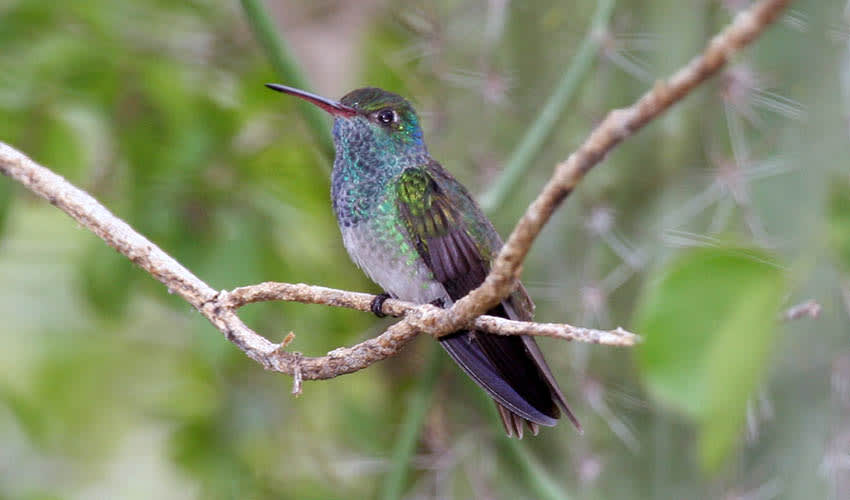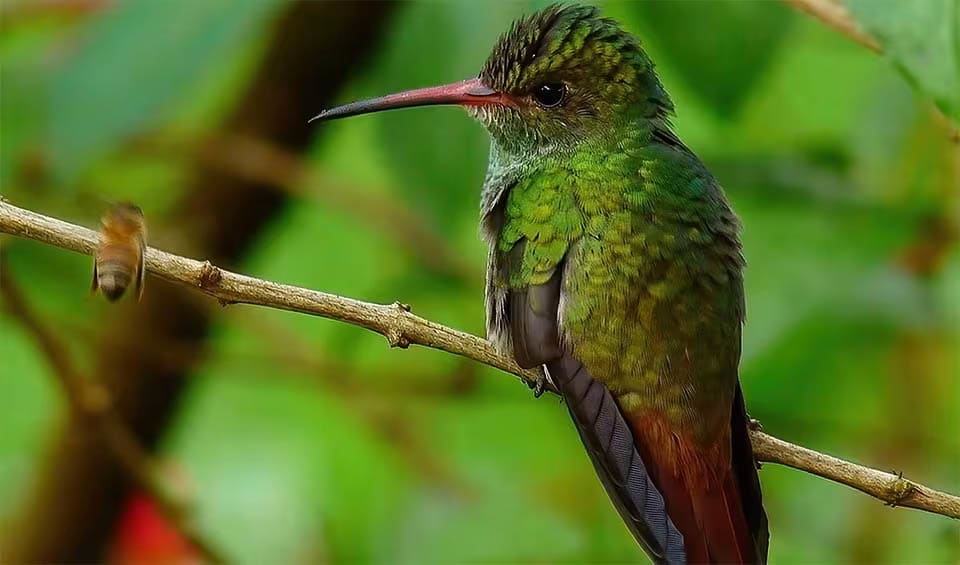Amazilia
A genus of hardy hummingbirds found in the various landscapes of the Americas
Amazilia encompasses a vibrant and diverse group of hummingbirds named after Amazili, an Incan heroine in Jean François Marmontel’s 1777 novel “Les Incas.” These tiny avians are a marvel of nature, exhibiting a range of brilliant colors and remarkable behaviors that have made them a subject of fascination and admiration. Found in varying landscapes from the arid thorn forests to the lush mangroves of extreme south Texas, through Mexico, across Central America, and into northern South America, Amazilia hummingbirds are a testament to the adaptability and resilience of these aerial acrobats.
Amazilia hummingbirds, like their other hummingbird counterparts, have a diet primarily consisting of nectar. Their long, slender beaks and specialized tongues are perfectly adapted for extracting nectar from a variety of flowers, making them important pollinators in their ecosystems. Despite their preference for nectar, they are opportunistic feeders and are not overly selective about the flowers they visit, which can include a range of native and introduced species.
In addition to nectar, Amazilia hummingbirds consume insects and spiders, which provide essential proteins and nutrients not found in nectar. This dietary supplement is particularly important for the growth of chicks and during breeding seasons when energy demands are higher.
The breeding behavior of Amazilia hummingbirds is polygynous; one male may mate with multiple females throughout the season. Males perform elaborate courtship displays that include aerial displays and showing off their iridescent plumage in sunlight to attract females.
The female lays usually two eggs, which are among the smallest bird eggs in the world relative to the size of the bird. After incubation, which lasts around two to three weeks, the female solely cares for the hatchlings. She feeds them a regurgitated mixture of nectar and insects until they are ready to fledge.
Species in this genus
Honduran emerald
Stands out for both its vibrant beauty and its extreme rarity
Rufous-tailed hummingbird
Like many of us, this bird loves coffee and feeds on its flowers



